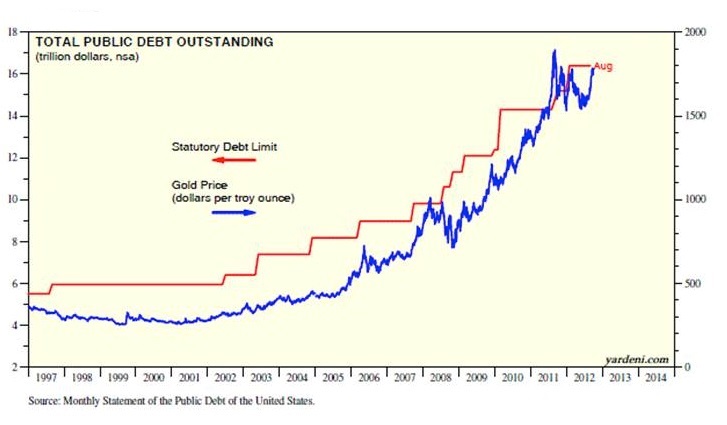Over the weekend, we reported that as Bitcoin’s unprecedented, Caracas-like surge continues, legislators are finally starting to pay attention to the digital currency, a process that will culminate with a hearing on November 18 titled “Beyond Silk Road: Potential Risks, Threats, and Promises of Virtual Currencies,” in which witness would be invited to testify about “the challenges facing law enforcement and regulatory agencies, and include views from “non-governmental entities who can discuss the promises of virtual currency for the American and global economies.” Which as everyone knows is code word for creeping, smothering regulation, especially since as was reported earlier, the FEC is debating allowing the use of Bitcoin for political donations (trust America’s corrupt politicians to always pay attention to anything that appreciates a few thousand percent in one year).
However, one person is not waiting that long: Ben Lawsky, the New York financial services superintendent, is looking to regulate Bitcoin now by issuing BitLicenses for business that conduct transactions in Bitcoin, and to that end he will conduct a public hearing to discuss the “burgeoning world of digital money.” Participants will discuss the feasibility of a license that would make the virtual currency market more like those for other forms of money. In other words: it will make BitCoin just like the fiat currency it is trying to replace, at least in the eyes of the government. At which point the primary utility of Bitcoin – as an unregulated medium of exchange- itself disappears.
Ben Lawsky with a Bloomberg terminal featured prominently in the background, photo credit NYT
If the plans go ahead, it would be an important step in bringing bitcoin and other virtual currencies closer to the financial mainstream. In another move in the same direction, the Federal Election Commission held a hearing on Thursday in which it considered whether to legalize campaign donations made in virtual currencies.
Since bitcoin was created in 2009 by anonymous programmers, it has frequently been treated with derision by many financial insiders and authorities, who have described it as a speculative mania. Many authorities still hold to that position, but the currency’s online network, which is not controlled by any centralized authority, has survived several crises.
But the truth behind the scenes is simpler:
Several regulators have been looking at ways to make sure virtual money cannot be used for laundering money or other criminal purposes. In October, the federal authorities arrested the operator of an online marketplace where they said bitcoin could be used to buy drugs and other illegal goods.
“The cloak of anonymity provided by virtual currencies has helped support dangerous criminal activity, such as drug smuggling, money laundering, gun running and child pornography,” Mr. Lawsky said in a letter announcing the hearing, which has not yet been scheduled.
So please everyone think of the children and some such hypocrisy.
And speaking of Hypocrisy, the last sentence of this paragraph has no peers:
“Virtual currencies may have a number of legitimate commercial purposes, including the facilitation of financial transactions,” Benjamin Lawsky, superintendent of financial services, said in the notice. “That said, NYDFS also believes that it is in the long-term interest of the virtual currency industry to put in place appropriate guardrails that protect consumers, root out illegal activity, and safeguard our national security.”
So, shouldn’t he be looking at the dollar instead?
![]()
via Zero Hedge http://feedproxy.google.com/~r/zerohedge/feed/~3/_y-5YmfJyJk/story01.htm Tyler Durden








 According to a
According to a



